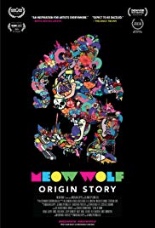
 When the Santa Fe renegade art collective known as Meow Wolf opened the doors to its immersive funhouse in 2016, one of its key creatives worried that visitors might write the permanent installation off as “a bunch of fuckin’ masturbatory bullshit.” Obviously, the public did not, or the documentary Meow Wolf: Origin Story wouldn’t exist to give that quote a lasting home.
When the Santa Fe renegade art collective known as Meow Wolf opened the doors to its immersive funhouse in 2016, one of its key creatives worried that visitors might write the permanent installation off as “a bunch of fuckin’ masturbatory bullshit.” Obviously, the public did not, or the documentary Meow Wolf: Origin Story wouldn’t exist to give that quote a lasting home.
Co-directed by Jilann Spitzmiller (Still Dreaming) and first-timer Morgan Capps, the doc essentially functions as a feature-length commercial for the group’s burgeoning empire, but also to audiences’ benefit as a warts-aplenty family portrait of an American Gen X/millennial success story. In other words, it’s not only a bunch of fuckin’ masturbatory bullshit.
 In a proverbial nutshell, the film tracks how Meow Wolf evolved from several hipsters (all of whom my dad would roll his eyes at) partying in a shared hovel to the collaborative powerhouse they are today, with a little bit of luck, a lot of fundraising and a lot more of patron saint George R.R. Martin. Other than CEO Vince Kadlubek, you don’t get much of a rounded feel of the various founders and first-gen artists, which also sets up — perhaps unintentionally — a portent of animosity: Kadlubek speaks of his desire to turn Meow Wolf into a billion-dollar company, while others claim potentially fatal allergies to any Disney-fication. (Perhaps someday, Meow Wolf: Conclusion will tell that fractious tale.)
In a proverbial nutshell, the film tracks how Meow Wolf evolved from several hipsters (all of whom my dad would roll his eyes at) partying in a shared hovel to the collaborative powerhouse they are today, with a little bit of luck, a lot of fundraising and a lot more of patron saint George R.R. Martin. Other than CEO Vince Kadlubek, you don’t get much of a rounded feel of the various founders and first-gen artists, which also sets up — perhaps unintentionally — a portent of animosity: Kadlubek speaks of his desire to turn Meow Wolf into a billion-dollar company, while others claim potentially fatal allergies to any Disney-fication. (Perhaps someday, Meow Wolf: Conclusion will tell that fractious tale.)
The Monkees-style shenanigans of the group early in the film grate like nails on a chalkboard. But once they start building the whacked-out abode for which they’ll always be known, Origin Story comes alive as an inspiring paean to the creative spirit … and the necessary evil of deep pockets. —Rod Lott

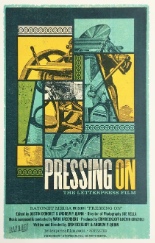
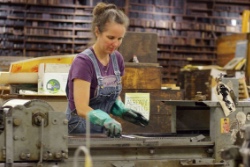

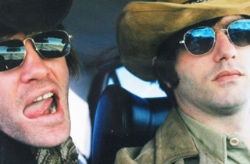
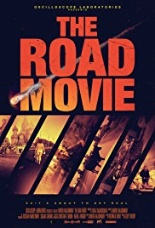
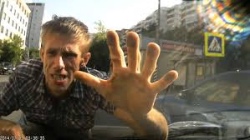

 Forgoing any examination of the massacre’s broader, macro-level impact, Tower instead recounts the poignant internal conflicts of its characters — like the powerless torment of bare skin on blistering pavement, or the cowardice one feels when realizing they lack the courage to help the wounded. All the while, intermittent gunshots ring out in the middle of the sound mix and double down on the unease — an effect that puts you squarely on campus and in the line of fire.
Forgoing any examination of the massacre’s broader, macro-level impact, Tower instead recounts the poignant internal conflicts of its characters — like the powerless torment of bare skin on blistering pavement, or the cowardice one feels when realizing they lack the courage to help the wounded. All the while, intermittent gunshots ring out in the middle of the sound mix and double down on the unease — an effect that puts you squarely on campus and in the line of fire.